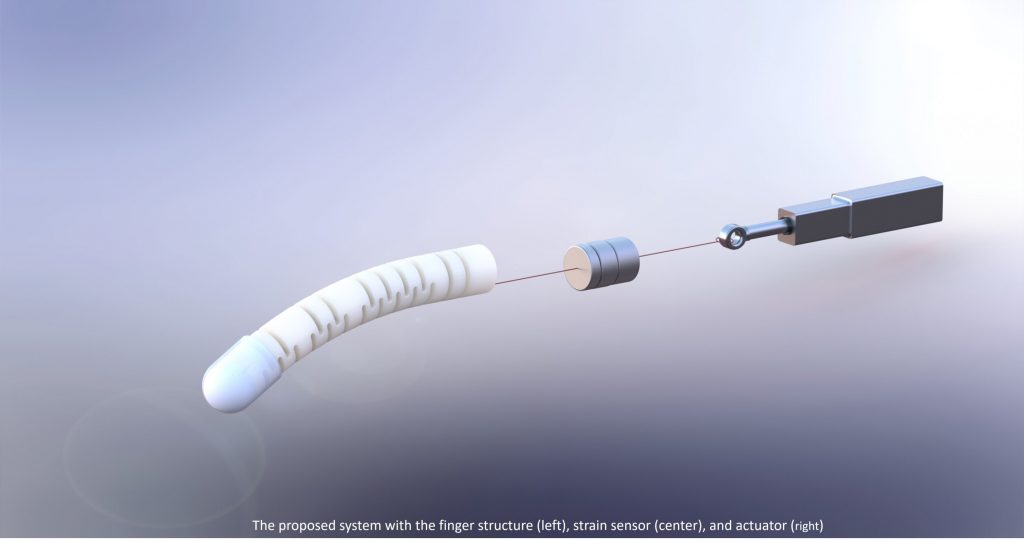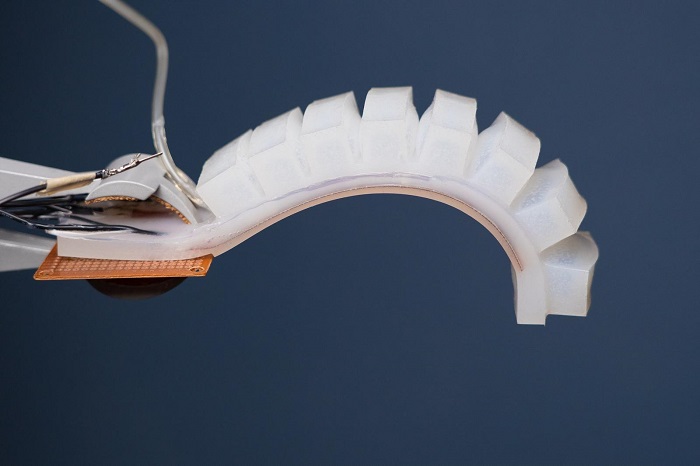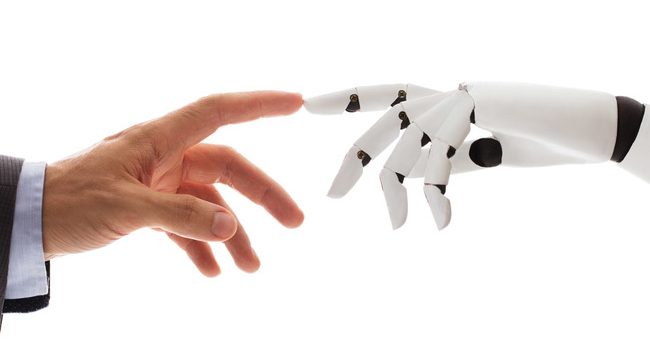Robots have been a focal point of the studies of researchers and scientists all over the world for quite a significant amount of time now. Multiple unique and amazing features have been added to the functionalities of these machines to make the lives of humans who use these machines easier and more convenient. Nevertheless, no matter how advanced the field gets and how many functions are incorporated in the robotic systems, they cannot entirely emulate human operations. There will always remain a gap between their performance and organic human performance.
However, a recent introduction of a feature has certainly taken the technology closer to working as a human. Scientists have now discovered a way to inculcate the sense of touch in their robots. This is considered to be a giant leap in robotics, especially in soft robots.

Before this breakthrough, scientists were constantly finding ways to gather sensory messages in the robots through the sensation of touch. Finally, after relentless and dedicated efforts, they have achieved a goal. This has unlocked new possibilities of using tactile sensation for receiving widespread kinds of messages and using them in different ways.
The technology is being developed at the Beihang University in Beijing and is dubbed the proprioception. It involves information regarding position and movement. Chan Cheng, one of the researchers stated that this ability is similar to that of humans when they do not involve the sense of sight and are still able to talk about the position, posture, and weight of something by touching or lifting it. This is widely reported in a TechXplore report.

An initial model is designed by the team to work on the project physically and practically. It is based on a tendon, actuator, strain sensor, and a soft robotic finger. The sensor collects information about the tactile features of the object in contact and the robotic fingers make sense of what sensation is being observed. This way, the stiffness can be read with 99.7% accuracy and the texture can be observed with 100% perfection. A collaboration with a nanotechnology laboratory is expected to produce less expensive sensory robotic fingers.


